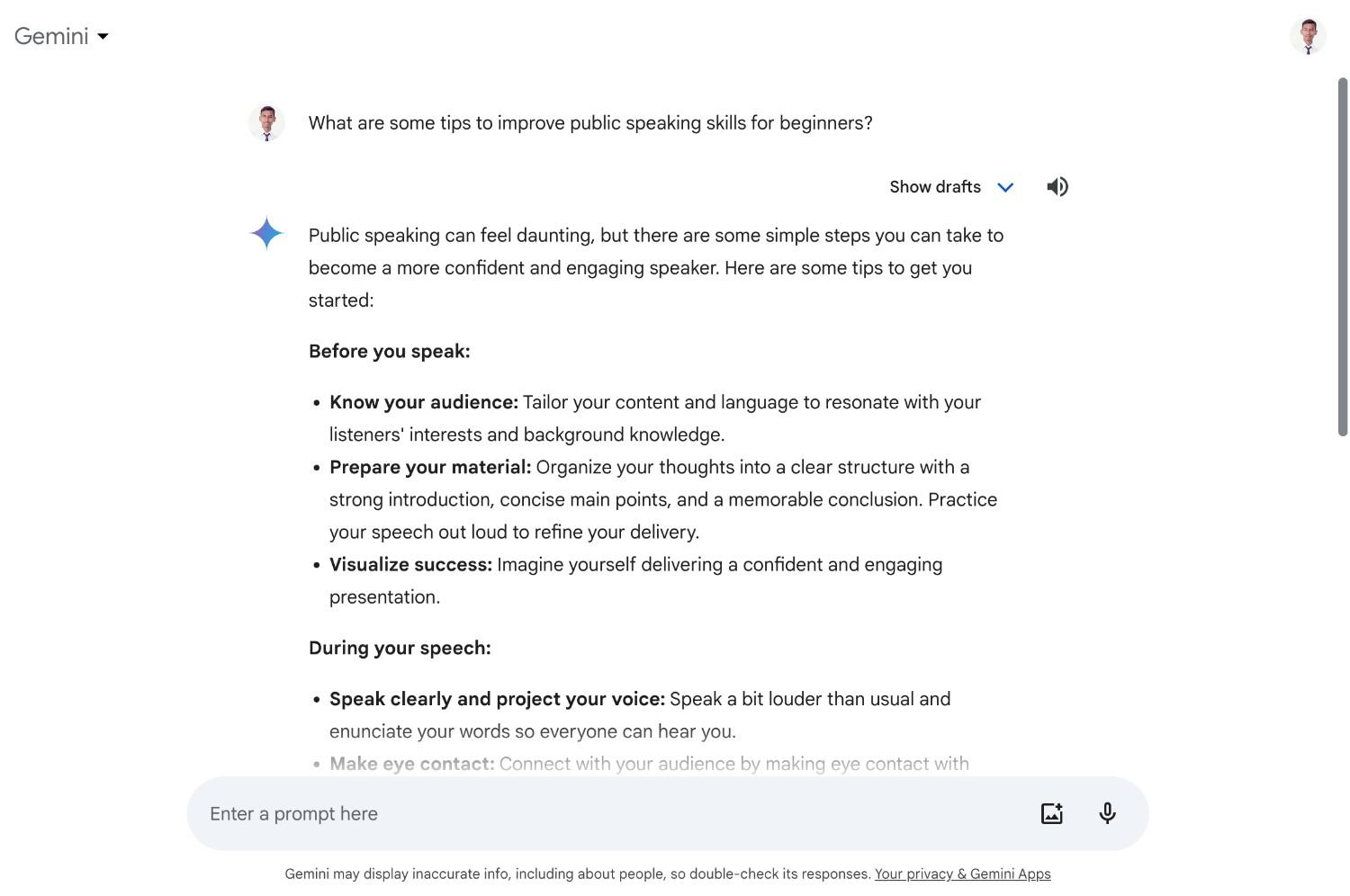
Bard Chatbot: 10x Faster Chatbot
Google Bard AI is a conversational assistant that utilizes advanced language models to engage in open-ended dialogue. It aims to provide informative and contextual responses across various topics. With multimodal capabilities, Bard can understand and generate text, images, and code. Google positions it as a tool for analysis, ideation, and intellectual exploration, though it has limitations like other AI assistants.
What is Bard?
So you’ve probably heard about this new AI thing called Bard that Google just rolled out, right? It’s basically their answer to ChatGPT and other AI assistants that have been making waves lately. But what exactly is Bard, and what can it do?
Well, at its core, Bard is an AI model that’s been trained on a massive amount of data from the internet. It can understand and communicate in natural language, just like a human. You can ask it questions on pretty much any topic, and it’ll give you a detailed response, drawing upon all the information it has absorbed.
But here’s where Bard gets really cool – it’s not just a glorified search engine. It can actually analyze information, draw insights, and even get creative. You can ask it to write stories, poems, scripts, you name it. And it doesn’t just regurgitate stuff, but tries to come up with original content based on the prompts you give it.
Bard is also multimodal, which basically means it can work with different types of data like text, images, and code. So you can show it a picture and ask it to describe what’s going on, or feed it some code and have it explain what the code does. Pretty nifty, right?
Now, of course, like any AI, Bard has its limitations. It can sometimes give incorrect information or have biases baked into its training data. And it’s not sentient or anything, just a very advanced language model. But Google is constantly working on improving it and making it smarter.
All in all, Bard is a really fascinating step forward in the world of AI assistants. It’s like having a super-knowledgeable buddy who can help you out with all sorts of tasks and even engage in creative endeavors. Just don’t go thinking it’s an actual person, and you’ll be all set to explore its capabilities!
How to use Bard?
The key is to just start playing around with Bard by giving it different prompts. The more you use it, the more you’ll get a feel for its capabilities and strengths. Have fun exploring this new AI tool!
Provide a prompt

Provide a prompt or context for the model to generate a response to. This could be a question, a statement, or any other text.
Generate a response

Once you have provided a prompt, the platform will send a request to the API, which will return a response generated by Bard.
Review the response

Review the response generated by Bard and evaluate its quality. You may need to adjust your prompt or other parameters to get a better response.
Select Language
The possibilities are really endless! You can ask Bard factual questions across academic topics, get assistance with writing and coding tasks, seek explanations of complex concepts, or even get creative with fictional storytelling prompts.
Why is Bard so Good?
- Massive Knowledge Base
Bard has been trained on an incredibly vast amount of data and information from across the internet. This allows it to draw upon a huge breadth of knowledge when answering queries on almost any topic imaginable. - Natural Language Understanding
Thanks to cutting-edge natural language processing capabilities, Bard can comprehend and communicate in natural, human-like language. It understands context, nuance, and follows conversational flows seamlessly. - Multimodal Abilities
Unlike some AI assistants limited to just text, Bard is multimodal – meaning it can perceive and generate different data formats like text, images, and code. This versatility expands what it can assist with. - Analysis and Reasoning
Bard doesn’t simply retrieve and spit out information. It can analyze data, draw insights, identify patterns, and logically reason to provide substantive responses. - Creative Capabilities
In addition to its analytical abilities, Bard has a creative side. It can engage in open-ended ideation, creative writing, poetry composition, and even attempt humor when appropriate. - Continual Learning
Google is constantly updating and refining Bard’s language model as it receives more data and user feedback. This allows its capabilities to keep evolving and improving over time. - Focus on Safety
A lot of effort has gone into instilling Bard with a strong ethical base and safeguards to promote truthful, unbiased and beneficial responses without causing harm.
So in essence, Bard combines an immense knowledge foundation with highly advanced language understanding, reasoning, and generation abilities – making it an incredibly capable and versatile AI assistant.

Frequently Asked Questions
What is Bard?
Bard is a conversational AI assistant developed by Google that utilizes advanced language models to engage in dialogue and assist with a variety of tasks.
How do I access Bard?
Bard is currently only available to select users as part of Google’s trusted tester program. It can be accessed at bard.google.com or through the Bard mobile app for those with access.
What kind of tasks can Bard help with?
Bard can assist with question answering, writing, analysis, coding, math, creative projects, and much more across a wide range of topics and disciplines.
Is Bard free to use?
Yes, for those granted access, using Bard is currently free as part of Google’s testing phase.
How accurate and reliable is Bard?
While highly capable, Bard can sometimes provide inaccurate information or exhibit biases. Users should think critically and fact-check important information.
Can Bard understand and generate images/multimedia?
Yes, Bard has multimodal capabilities allowing it to perceive and create different media formats like images, code snippets, etc.
Is my data kept private when using Bard?
Google has privacy safeguards but users should review Bard’s data policies. Conversations may be analyzed to improve the system.
What are the limitations of Bard?
Like all AI, Bard has constraints – it can be inconsistent, lacks true sentience/autonomy, and may reinforce societal biases in its training data.
How does Bard compare to ChatGPT or other AI assistants?
Bard and ChatGPT have some overlapping but also distinct capabilities. Assessments vary, but Bard is seen as a highly competent AI assistant.